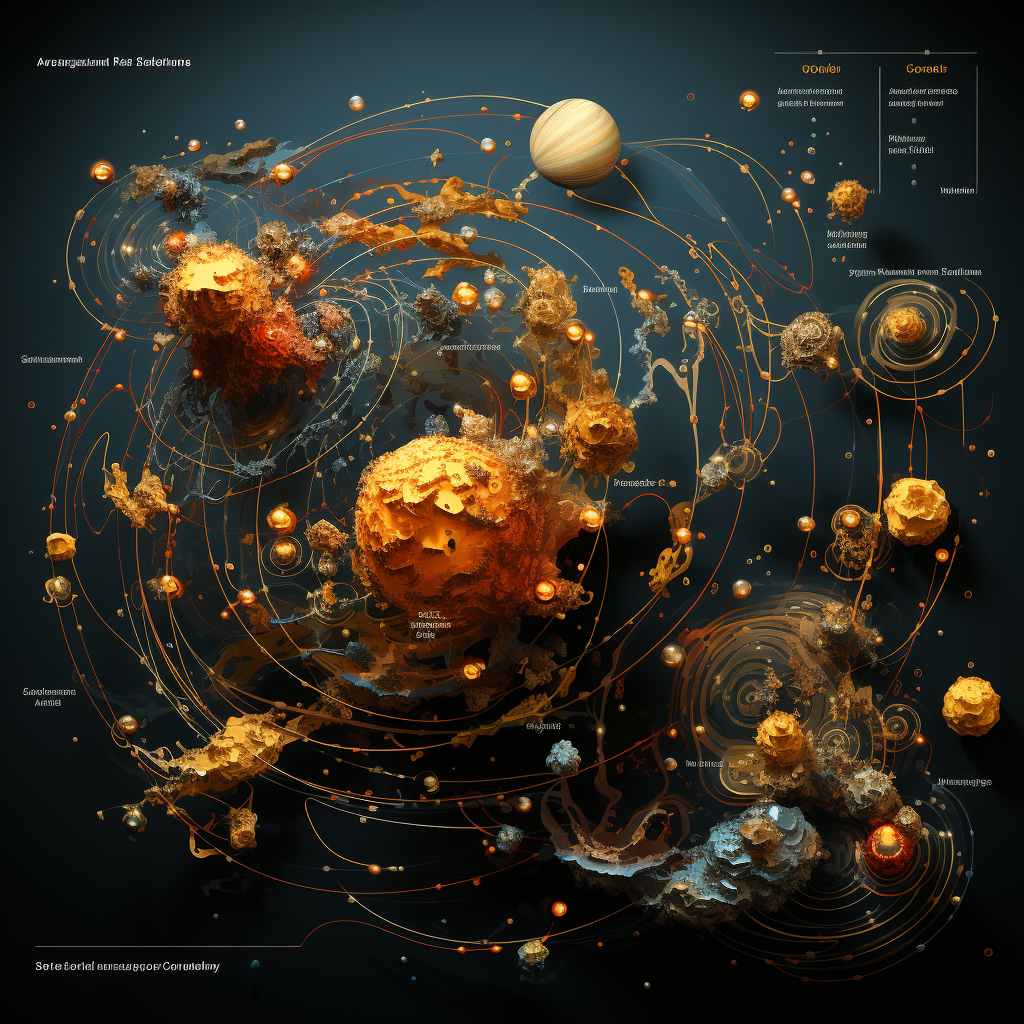
How does the Coriolis effect influence the movement of objects on Earth?
The Coriolis Effect is a fascinating phenomenon resulting from the Earth’s rotation. Named after the French mathematician Gustave Coriolis who described it in 1835, it greatly influences the movement of objects and atmospheric flows on the Earth, contributing to the rotation of weather patterns and influencing flight paths.
Understanding the Coriolis Effect
To understand the Coriolis Effect, it’s crucial to recognize that Earth rotates on its axis from west to east. The speed of this rotation isn’t consistent across the planet’s surface due to its spherical shape. At the poles, the rotation speed is effectively zero, but it increases as one moves toward the equator, which has the fastest rotation speed.
Now, imagine you’re standing at the North Pole and decide to throw a ball straight towards the equator. From your perspective, the ball would seem to deflect to its right. This apparent deflection is the Coriolis Effect.
Why does this happen? The answer lies in Earth’s varying rotational speed. When you throw the ball, it carries the rotational speed of the North Pole, which is relatively slow. As it moves towards the equator, it passes over regions rotating more quickly than its initial speed. Because of the conservation of angular momentum, the ball will continue moving at its original speed, resulting in it falling behind the Earth’s rotation and thus appearing to deflect to the right.
However, it’s important to note that the Coriolis Effect doesn’t actually ‘force’ the object to move off its path; instead, it’s the Earth moving underneath the object. The deflection is an illusion based on our perspective from Earth’s rotating surface, hence why it’s often referred to as the Coriolis “pseudo-force.”
Implications of the Coriolis Effect
The Coriolis Effect has significant implications for the movement of objects over large distances and atmospheric dynamics on Earth. Let’s look at these in more detail.
Weather Systems and Ocean Currents
The Coriolis Effect plays a significant role in weather systems and the formation of cyclones. In the Northern Hemisphere, the effect causes winds to deflect to the right, creating a counter-clockwise rotation in low-pressure weather systems. In contrast, in the Southern Hemisphere, winds are deflected to the left, causing a clockwise rotation.
This effect is also crucial in shaping ocean currents, working alongside other factors like wind, temperature, and salinity differences. The Coriolis Effect helps create gyres, large systems of rotating ocean currents found in each of the world’s ocean basins.
Air and Space Travel
For long-distance flights or missile trajectories, the Coriolis Effect must be considered to ensure accurate navigation. As the Earth rotates underneath the flight path, a correction must be calculated to reach the correct destination.
In the context of space launches, the rotation of the Earth is also significant. Spacecraft are often launched eastward to take advantage of the Earth’s rotation and save on energy.
Common Misconceptions About the Coriolis Effect
While the Coriolis Effect influences many large-scale movements, it has limited impact on small-scale events. A commonly cited myth is that the Coriolis Effect determines the direction in which water spirals down the drain in sinks, toilets, or bathtubs. In reality, the Coriolis Effect is much too weak at this scale to overcome more dominant influences such as the design of the basin and the direction in which the water was introduced.
Conclusion
The Coriolis Effect is a key concept in understanding the dynamics of our rotating Earth. It influences the direction of weather patterns, guides the formation of ocean currents, and affects long-range transportation methods. Despite being a “pseudo-force,” its effects are very real and demonstrate the profound connection between Earth’s rotation and
the processes unfolding on its surface. This intriguing phenomenon exemplifies the complex, interconnected nature of physical forces and motions in our world. As such, understanding the Coriolis Effect is essential for meteorologists, oceanographers, and physicists alike.




